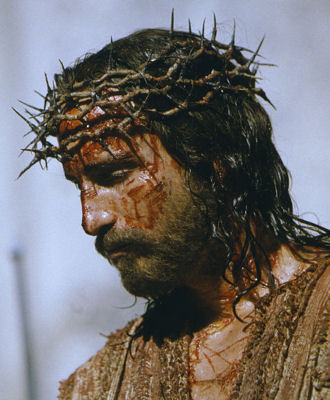On 28 September, 2008, all the Armenian Evangelical families, Chanitzagans, and youth were present for the Armenian Night in Kchag.
The Armenian Evangelical Anjar Church youth opened up the event with traditional and folklore Armenian dances, after which Hagop Keloukian and Sero Keloukian presented Armenian pieces with duduks and dhol. Then the Sipan Dance Ensemble, of Shamlian-Tatikian School, performed.
Later on, the youth and Chanitzagans, filled with excitement with the presence of the Armenian spirit, together decided to dance traditional Armenian dances and enjoyed their cultural and traditional Armenian heritage.


Left: friends and youth visiting from Salt and Light group and Armenian Brotherhood Church
Right: Anjar youth

Duduks and dhol


Left: Ara Khederian and Raffi Gumushian from Armenian Evangelical Marash Church Chanitz Youth
Right: Families and friends from the Armenian Brotherhood Church

Sarine Artinian, from Shamlian-Tatikian dance group



Shamlian-Tatikian Sipan dance group performing (Kevork Bayrakdarian, Shahe Demirjian, Sako Magarian and Hagop Akbasharian)


Families from the various Armenian Evangelical Churches in Lebanon.

Anjar dance group performing


Left: Badveli Hrayr Cholakian, the principal of Shamlian-Tatikian Secondary School


Families and friends from the Armenian Evangelical Churches






Left pic: Miss Sona Nashian (in green jacket), past principal of Ashrefieh Central High School, one of the seniors who loves Kchag.




Friends of Kchag and families who love Kchag. Also Miss Sonia Sisslian, past principal of Ashrafieh Central High School present in the left picture.
The Armenian Evangelical Anjar Church youth opened up the event with traditional and folklore Armenian dances, after which Hagop Keloukian and Sero Keloukian presented Armenian pieces with duduks and dhol. Then the Sipan Dance Ensemble, of Shamlian-Tatikian School, performed.
Later on, the youth and Chanitzagans, filled with excitement with the presence of the Armenian spirit, together decided to dance traditional Armenian dances and enjoyed their cultural and traditional Armenian heritage.


Left: friends and youth visiting from Salt and Light group and Armenian Brotherhood Church
Right: Anjar youth

Duduks and dhol


Left: Ara Khederian and Raffi Gumushian from Armenian Evangelical Marash Church Chanitz Youth
Right: Families and friends from the Armenian Brotherhood Church

Sarine Artinian, from Shamlian-Tatikian dance group



Shamlian-Tatikian Sipan dance group performing (Kevork Bayrakdarian, Shahe Demirjian, Sako Magarian and Hagop Akbasharian)


Families from the various Armenian Evangelical Churches in Lebanon.

Anjar dance group performing


Left: Badveli Hrayr Cholakian, the principal of Shamlian-Tatikian Secondary School


Families and friends from the Armenian Evangelical Churches






Left pic: Miss Sona Nashian (in green jacket), past principal of Ashrefieh Central High School, one of the seniors who loves Kchag.




Friends of Kchag and families who love Kchag. Also Miss Sonia Sisslian, past principal of Ashrafieh Central High School present in the left picture.














